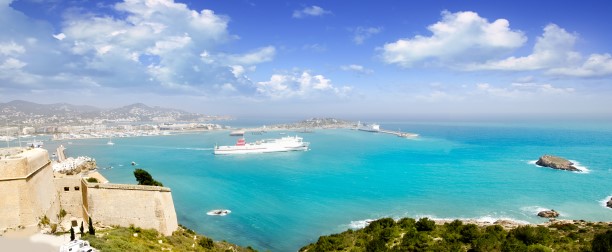The Spanish national institute of statistics reported that the country welcomed 12.93 million foreign tourists during the first quarter of the year. The number represents an increase of 1.1 million compared to the same period last year, even taking into account the damaging effects of 2017’s calendar, in which February is shortened by a day and Easter is not included.
The information revealed by the institute of statistics indicates that Spanish tourism is experiencing a growth of 9.3% in foreign tourists, in which the spotlight goes to the two-digit increase attained by the United Kingdom (+11.9%), Russia (+14.9%), Switzerland (+28.7%), United States (+37.8%) and the ‘Rest of America’ (+40.7%)
In terms of absolute value, the leader of the growing markets was the United Kingdom, which is also the number one source country, with a total of 2.8 million tourists, a growth of 280,600 compared to 2016’s first quarter.
The British were followed by the French with 129,100 (+8.3% for a total of 1.68 million), the United States with 107,300 (+37.8% for a total of 391,300), a figure to which is added 166,400 tourists coming from the ‘Rest of America’ (+40.7% for 575,700) and 114,600 from the ‘Rest of Europe’ (which excludes Germany, Belgium, France, Ireland, Italy, Netherlands, Nordic Countries, Portugal, United Kingdom, Russia and Switzerland), with +13.5% for a total of 962,500).
At the opposite end, solely two markets have registered a fall in the number of entries measured by the Spanish national institute of statistics: Belgium, with 3.2% or 12,100, and Portugal, with 1.4% or 339,500.
During March, which was the Easter month in 2016 – celebrated in April this year – the country still managed to attain a positive growth rate, welcoming 280,300 tourists more than the previous year’s figure show (+6.1%, reaching 4.9 million); nonetheless, the number of source countries with declining rates also increased.

The biggest slump was indeed registered by the Portuguese market. Compared to the previous year, there was a drop of 26,200 tourists (-18.3%, for a total of 117,400), followed by a decrease of 15,800 in German tourists (-2.2%, for a total of 721,800), 13,400 in Irish (-12.2%, for a total of 96,800) and 10,000 in those traveling from Belgium (-6.7%, for a total of 135,500).
The ones accountable for balancing out these declining rates were mainly France, with an increase of 63,700 (+11.6%, for a total of 613,600), the United Kingdom, registering a growth of 61,700 (+5.8%, for a total of 1.12 million) and the United States, attaining an increase of 60,800 (+46.1%, for a total of 192,800).